PRODUCTS
CONTACT US
Ningbo Nide International Co., Ltd.
一一
· Contact person:Jack Zeng
· Mob/Whatspp/WeChat:0086-13738869026
· Email:emarketing@nide-group.com;marketing4@nide-group.com
· Add:No. 169, Wohushan Road, Daqi Subdistrict, Beilun District, Ningbo, China

Nide team could manufacture ball bearing as per customer’s drawing and samples.
If customer only has samples, we could also design drawing fo r our customer.
We also provide customized service.
Our ball bearing is widely applied the different industrials.
Haishu Nide International is located in the beautiful sea shore city--Ningbo, taking the advantage of advanced industries hub, perfect supply chain and convenient transportation, and integrating professional team with rich motor manufacturing experience , we focus on supplying the Motor Components One Stop Sourcing Platform to our customers.
Our products include thermal protector,carbon brush,ball bearing,shaft,motor cover and lamination,fan,magnet,etc.Apart from these products, we also provide the service for the motor manufacturing technical consultant, project support and turn-key project.
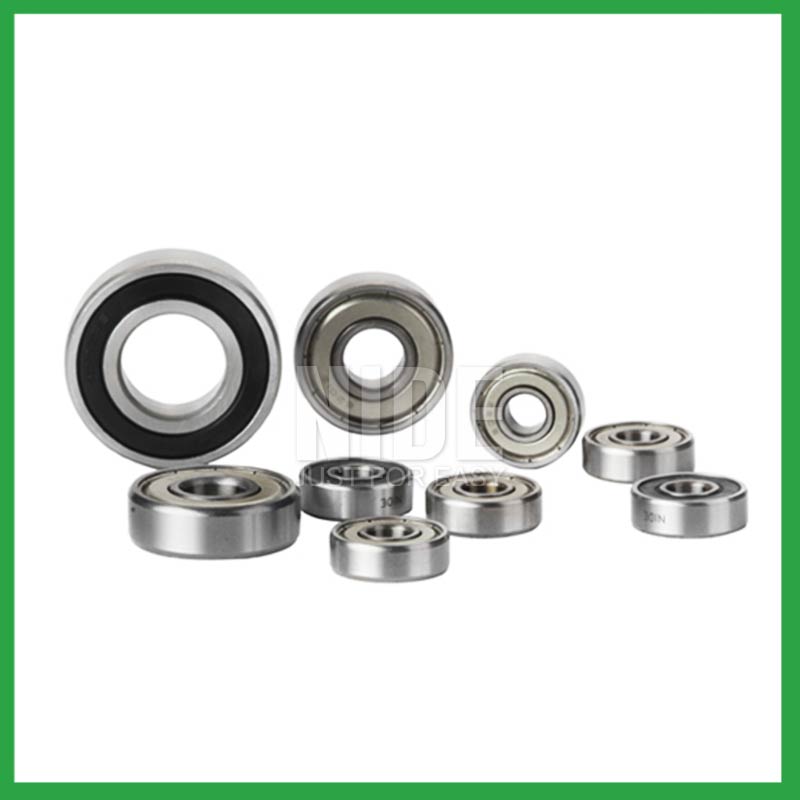
| Parameter | Information |
| Product Name | ball bearing and roller bearing |
| Brand Name | Nide |
| Place of Origin | Ningbo,China |
| Type | Ball |
| Material | chrome steel, etc. |
| Sample | Avaible |
| Warranty | 3months-1year |
| Lubrication | Dry/ Oil |
| Application | textile machinery,machine tools, etc. |
| Port | Ningbo/Shanghai |
| Size(mm) | customize |
| Export Country | Argentina,Brazil,South Korea,New Caledonia,Montserrat,Norfolk Island,Senegal...etc |
| Export region | America,Africa,Asia... |
| Certification | ISO 9001 Certification,CE-stator coil lacing machine,CE-insulation paper inserting machine,etc |
| Precision Rating | as per customer's requirement |
| Feature | Good wear resistance,Strong carrying capacity...etc |
| Packaging Details | Suitable for sea transportation |
| Color | gray+customized |
| Seals Type | Rubber seals |
| Service | Prompt Delivery |
| Supply Ability | 100000-500000 Piece/Pieces per Month |
| Lead time (days) | 15-20 (To be negotiated) |
Please note: The above table data is for reference only. For specific information, please contact us.
The precision range of ball bearing and roller bearing is from ABEC7 to ABEC9, with a particle size of 0.3 μ m. Among them, ABEC9's ball bearings have the best precision range and are widely used in the electronics industry, precision measurement industry, and so on.
During the disassembly process, the outer shell should be kept intact to avoid unnecessary damage;
When replacing installation components, attention should be paid to the accuracy of the support components to prevent deformation;
During the disassembly process, attention should be paid to protecting the surface quality of the ball bearing to ensure its performance;
During the operation, attention should be paid to removing surface dust to ensure the quality of the ball bearing.
Ball bearings have many advantages, making them highly competitive in the market.
Firstly, they are very durable and have good wear performance, making their service life longer than many other types of bearings.
Secondly, they are easy to install and can provide low friction performance in various applications.
Thirdly, they require a relatively low level of maintenance, making them cost-effective.
In addition, compared to many other types of bearings, their purchase cost is relatively low, making them an economical choice.




ball bearing and roller bearing---FAQs Guide
2.What is the significance of ball bearing and roller bearing lubrication, and how does it affect bearing lifespan and performance?
3.Are there specific ball bearing and roller bearing designed for applications in the aerospace and aviation industries, and what standards do they adhere to?
4.What are the standard sizes and dimensions of ball bearing and roller bearing?
5.What is the production capacity of the factory for ball bearing and roller bearing?
6.Are there ball bearing and roller bearing designed for use in critical medical equipment?
7.As a ball bearing and roller bearing manufacturer,How Can We Guarantee Quality?
8.Are there miniature ball bearing and roller bearing designed for use in precision instruments and small-scale mechanisms?
9.About ball bearing and roller bearing,What about the lead time?
10.What anti-corrosion coatings or treatments are available for ball bearing and roller bearing used in marine or outdoor applications?
11.How do different ball bearing and roller bearing designs, such as deep groove, angular contact, or thrust bearings, cater to specific applications?
12.Can ball bearing and roller bearing handle shock loads and high-impact conditions in heavy machinery?
13.How do ball bearing and roller bearing contribute to the overall efficiency and energy savings in industrial machinery and transportation systems?
14.How do ball bearing and roller bearing handle radial loads, axial loads, and combined loads, and what are their load-carrying capacities?
1.What is the load distribution within a ball bearing and roller bearing, and how does it vary between different bearing configurations?
The load distribution between the rolling elements and raceway is crucial in performance evaluation of rolling element bearings. Determine the load distribution by measuring the strain response at the bearing surface with a notched housing. Finite element analysis shows that the introduction of notches does not affect the load distribution. An experimental system was developed to investigate the load distribution in a cylindrical roller bearing. The experimental static load distribution agrees well with the theoretical calculation. The dynamic load at specific position of load zone reflects the manufacture difference among rollers and dynamic balance of distributing loads.
2.What is the significance of ball bearing and roller bearing lubrication, and how does it affect bearing lifespan and performance?
Bearing lubrication is vital for preserving the performance and lifespan of rolling element bearings. Lubrication helps separate moving parts relative to one another, such as rollers and raceways or balls, to prevent wear and tear and friction.
3.Are there specific ball bearing and roller bearing designed for applications in the aerospace and aviation industries, and what standards do they adhere to?
Airframe control ball bearing and roller bearing are specialized bearings tailored for aircraft structures, particularly control systems and surfaces. Designed for low-speed oscillatory applications, they offer precision and support, effectively managing misalignments and flight-induced stresses.
Airframe Control bearings are lightweight, corrosion-resistant, grease-lubricated, and are sealed on most occasions. They come in precision grades for running accuracy.
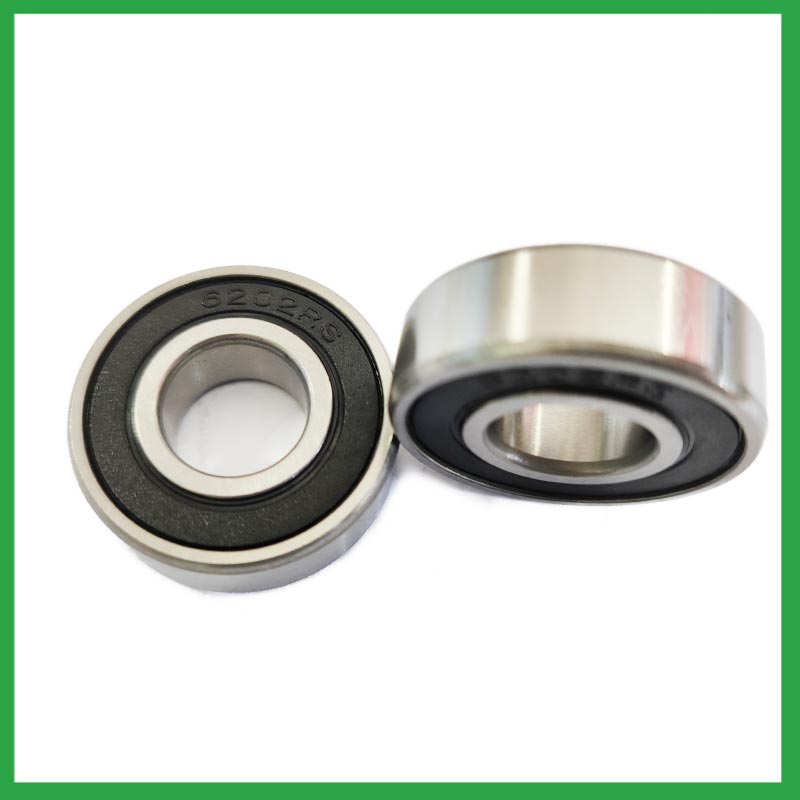
4.What are the standard sizes and dimensions of ball bearing and roller bearing?
ball bearing and roller bearing size charts are widely available, and can be used to find the measurements of a specific bearing. Series 6200 and 6300 are the most commonly used, and typically range from 10 x 30 x 9 mm (. 394 x 1.181 x . 354 in) to 150 x 320 x 65 mm (5.906 x 12.598 x 2.559 in).
5.What is the production capacity of the factory for ball bearing and roller bearing?
The production capacity of Ningbo Haishu Nide International is:50000000pcs/month
6.Are there ball bearing and roller bearing designed for use in critical medical equipment?
Precision ball bearing and roller bearing are among critical components in medical devices that are vital to ensuring patient safety. Correct choice of suitable ball and ring materials and the right product design can ensure high-precision bearings — and medical devices — have a long service life.
Precision bearings are used in a wide variety of medical devices including surgical power tools, ventilators and heart pumps — and patient safety depends on them all. Whatever the device, there is an onus on medical device original equipment manufacturers (OEMs) to ensure that the right type of bearings are chosen, and fit precisely into the application.
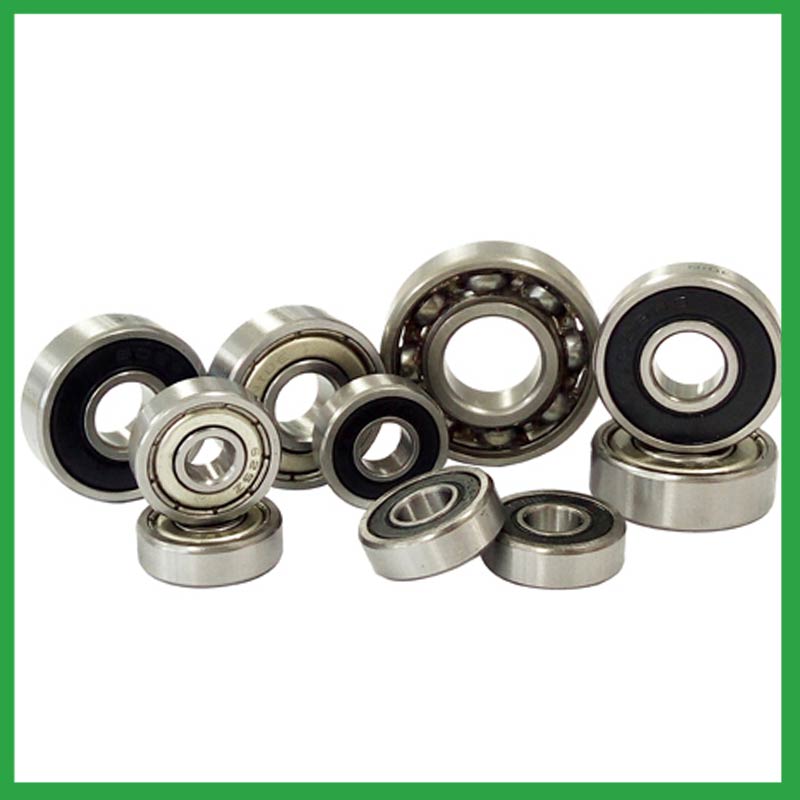
7.As a ball bearing and roller bearing manufacturer,How Can We Guarantee Quality?
Always a Pre-production Sample Before Mass Production;Always Final Inspection Before Shipment.
8.Are there miniature ball bearing and roller bearing designed for use in precision instruments and small-scale mechanisms?
Miniature bearings, despite their small size, play a significant role in various industries and applications. These compact powerhouses, typically measuring less than one inch in outer diameter, offer exceptional precision, durability, and reliability. Miniature bearings find extensive use in precision instruments and robotics.
9.About ball bearing and roller bearing,What about the lead time?
3-7 days for samples, 3-4 weeks for mass production.
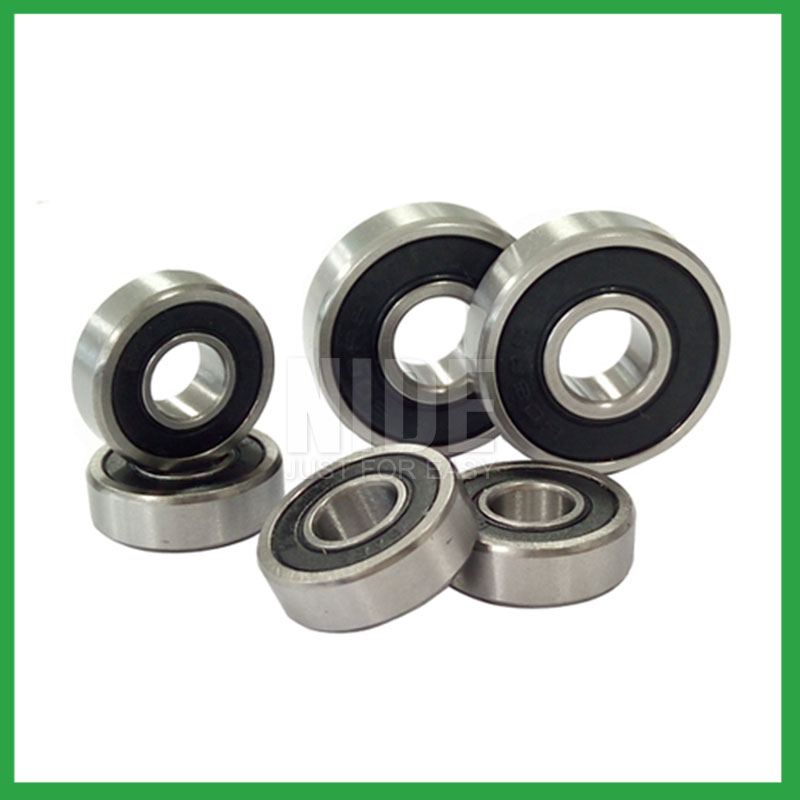
10.What anti-corrosion coatings or treatments are available for ball bearing and roller bearing used in marine or outdoor applications?
Corrosion Resistant Coatings.Whether ball bearing and roller bearing are manufactured from stainless steel or from chrome, anti-corrosion coatings can be applied. Compared to the natural state of the base metal, these coatings make surfaces less chemically reactive. In their selection of treatments or coatings, some industries choose to consult with the manufacturer of the bearings they use. This is because surface engineering is a highly specialized undertaking. These coatings used for their anti-corrosion properties to protect bearings in harsh environments include the following:Passivation (of stainless steel),Carbide and titanium nitride,Galvanized zinc,Nickel plating,Cadmium plating,TDC (thin dense chrome).
11.How do different ball bearing and roller bearing designs, such as deep groove, angular contact, or thrust bearings, cater to specific applications?
Deep groove ball bearing and roller bearing: Deep groove ball bearings are the most common type. They can handle both radial and axial loads. Angular contact ball bearings: Angular contact ball bearings have higher than average internal axial clearance. They can handle axial loads in one direction and moderate radial loads.
12.Can ball bearing and roller bearing handle shock loads and high-impact conditions in heavy machinery?
As a general rule, ball bearing and roller bearing are used at higher speeds and lighter loads than are roller bearings. Roller bearings perform better under shock and impact loading. Ball bearings tolerate misalignment better than roller bearings do. Roller bearings can handle heavy combined radial and thrust loads.
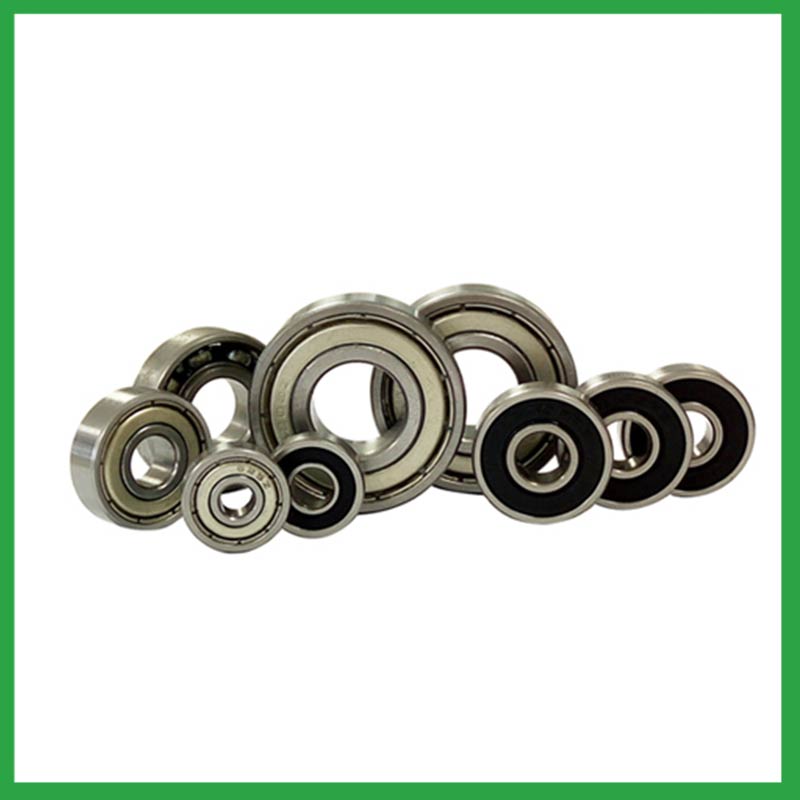
13.How do ball bearing and roller bearing contribute to the overall efficiency and energy savings in industrial machinery and transportation systems?
The balls roll along the raceway, allowing for smooth rotation of the machinery or equipment. Ball bearings are used to support rotating, reduce friction and support radial and axial loads in high-load, high-speed applications where reliability and efficiency are critical.
14.How do ball bearing and roller bearing handle radial loads, axial loads, and combined loads, and what are their load-carrying capacities?
The type of bearing used also varies between these loads. While deep-groove ball bearing and roller bearing are better equipped to handle radial loads, thrust ball bearings are designed for axial loads. However, it's essential to note that most bearings, such as angular contact ball bearings, can handle both radial and axial loads.The Bearing Static Capacity, Co, is the maximum load that can safely be applied to a non-rotating bearing that will not cause subsequent bearing operation to be impaired. It is based on calculated contact stress at the center of the most heavily loaded rolling element where it contacts the Inner Race.

